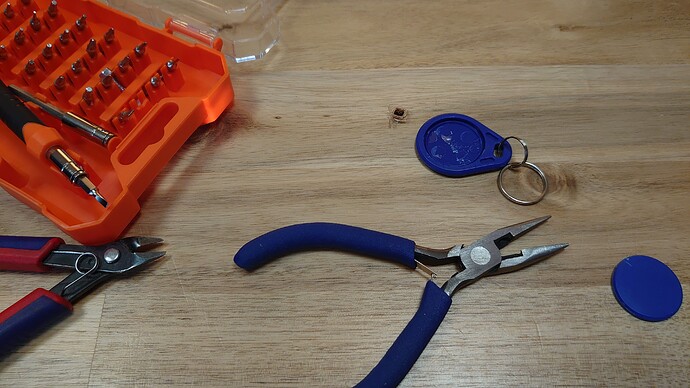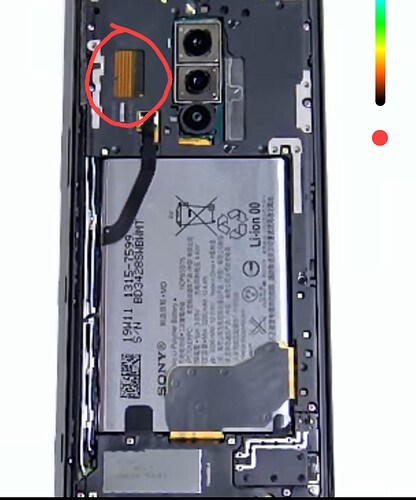@krtrttx Maybe you could try to extend the range on your phone? ![]()
https://forum.dangerousthings.com/t/extended-nfc-range-on-phone-scan-a-flexnext-through-hand/7453
Edit: ok, so I had to try this myself.
I have a Sony Xperia 1.the NFC antenna works good, so I initially don’t have a problem, as long as I orient the implant correctly
In any case, I ripped apart a normal tag and placed the coil over my phone, and boy did that make a difference.
I no longer need to “twist” my glassies to get a good read.
Recommended!
Hrmm… I see a 3d-printed phonecase with integrated coil project coming up. ![]()
Yet another edit:
So on my Sony Xperia 1,the range became noticeable better, placing a coil on top.
… But the same procedure on a Samsung galaxy s10 didn’t improve at all.
The antenna designs are vastly different, so I assume th xperia has a more ‘concentrated’ beam, whilst the s10 has a broader coverage but a bit weaker overall signal ![]()
![]()
In any case, worth trying it out at least.



